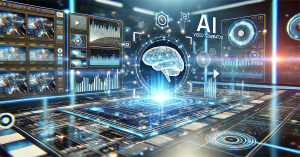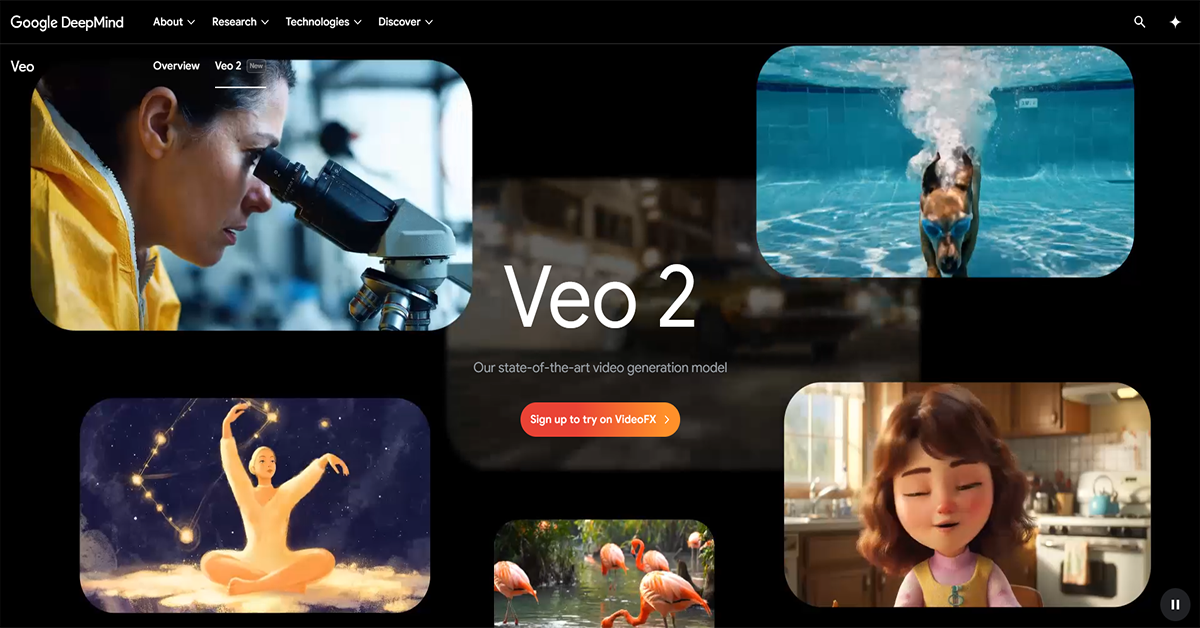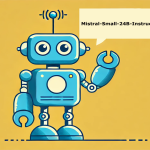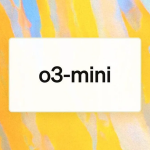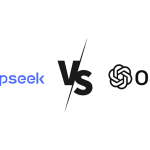Google Veo 2 vs. OpenAI Sora: The Ultimate Showdown in AI Video Generation
Artificial intelligence continues to redefine the boundaries of creativity, and video generation is no exception. Google DeepMind’s newly announced Veo 2 is setting new standards for AI-driven video creation, aiming to outpace OpenAI’s Sora. In this article, we dive into the features, advancements, and competitive edge of these cutting-edge AI tools.
What Is Google Veo AI video generator?
Google Veo AI video generator is the second iteration of its text-to-video tool designed to produce high-quality, realistic video clips. With the ability to generate videos in 4K resolution and an improved understanding of cinematographic techniques, Google Veo AI video generator is a significant upgrade from its predecessor. Here’s what makes it stand out:
- Extended Video Lengths: Veo 2 can create video clips several minutes long, surpassing the capabilities of OpenAI’s Sora, which currently caps at one minute.
- Cinematic Features: The AI can interpret commands like “18mm lens” for wide-angle shots or “shallow depth of field” for focused subjects, bringing professional-grade cinematography to automated video generation.
- Enhanced Realism: By addressing common AI pitfalls such as “hallucinating” unwanted details, Google Veo AI video generator achieves a new level of realism in human movement, facial expressions, and environmental physics.
Technical Specifications
Veo 2’s technical advancements extend beyond its visual capabilities. It incorporates improved algorithms that:
- Optimize rendering times, reducing latency for longer video production.
- Enhance compatibility with third-party editing tools, making post-production seamless.
- Integrate machine learning models to adapt to unique user preferences over time.
Improvements in Accessibility
Despite its groundbreaking features, access to Google Veo AI video generator is currently limited. The tool is available through Google’s VideoFX platform, which operates on a waitlist system. Even users who gain access are initially restricted to generating 720p videos up to eight seconds long. However, as Google refines its platform, these limitations are expected to lift.
Additionally, Google plans to roll out Google Veo AI video generator for enterprise-level applications, catering to industries such as:
- Advertising: Streamlining the creation of dynamic ad campaigns.
- Education: Offering interactive and high-quality learning materials.
- Entertainment: Empowering independent filmmakers with budget-friendly production tools.
What About OpenAI Sora?
Sora, OpenAI’s flagship AI for video generation, remains a strong competitor. It allows ChatGPT Pro subscribers to create HD videos of up to 20 seconds in length, with resolutions reaching 1080p. While Veo 2’s technical specifications surpass Sora’s on paper, Sora’s wider accessibility gives it an edge for now. OpenAI also emphasizes ease of use, ensuring that even novice users can quickly create high-quality content.
Use Cases for Sora
OpenAI’s Sora has already seen widespread adoption in:
- Social Media: Creating engaging, short-form content for platforms like Instagram and TikTok.
- Marketing: Crafting personalized video messages for customer outreach.
- Gaming: Developing quick animations for indie game developers.
Google’s Imagen 3: A New Era in Text-to-Image Generation
Alongside Google Veo AI video generator, Google also announced enhancements to Imagen 3, its text-to-image tool. Imagen 3 boasts:
- Diverse Art Styles: The ability to render a broader range of artistic styles with high fidelity.
- Improved Prompt Accuracy: Greater precision in interpreting user commands.
- Higher Resolutions: Supporting ultra-HD image outputs suitable for professional-grade applications.
Unlike Google Veo AI video generator, Imagen 3 is readily available via Google’s ImageFX tool, accessible to anyone with a Google account. The accessibility of Imagen 3 has made it a favorite among:
- Graphic designers looking to streamline their workflows.
- Content creators aiming to produce unique visuals.
- Educators seeking visually engaging materials.
How Do These Tools Shape the Future of AI Video Creation?
The race between Google Veo AI video generator and OpenAI’s Sora signals a transformative moment in AI-driven content creation. Here are some key implications:
1. Elevating Creative Possibilities
With Veo 2’s cinematographic capabilities and Sora’s ease of use, creators can produce professional-grade videos without specialized equipment. This democratization of video production could revolutionize industries like advertising, filmmaking, and social media.
2. Setting New Benchmarks
By focusing on realism and attention to detail, both tools are pushing the boundaries of what AI can achieve. Features like Veo 2’s understanding of real-world physics pave the way for more immersive and believable AI-generated content. Sora’s strength lies in its widespread availability and streamlined user interface, making it a go-to tool for beginners and experts alike.
3. Driving Competition and Innovation
The rivalry between Google and OpenAI fosters rapid advancements in AI technology. As each company vies for dominance, users benefit from more robust and accessible tools. This competition encourages innovation in:
- Algorithm Efficiency: Ensuring faster and more accurate outputs.
- User Experience: Simplifying interfaces for broader appeal.
- Scalability: Expanding capabilities to handle complex, enterprise-level projects.
Key Takeaways
- Google’s Veo 2 outperforms OpenAI’s Sora in video length, resolution, and realism but faces accessibility challenges.
- OpenAI’s Sora remains a reliable and widely available option for HD video generation.
- Imagen 3 introduces notable improvements in text-to-image capabilities, emphasizing diverse styles and prompt accuracy.
- Both tools highlight the growing importance of AI in creative industries.
Conclusion: The Road Ahead
As AI video generation tools like Google Veo AI video generator and OpenAI’s Sora continue to evolve, they are poised to reshape content creation. Whether you’re a professional filmmaker, a digital marketer, or a hobbyist, these advancements open new doors for creativity.
The future of AI in content creation is not just about replacing traditional methods but enhancing them. As these tools become more accessible and sophisticated, expect to see a surge in innovative projects across industries.
Stay tuned as we bring you the latest updates on this exciting technological frontier.

